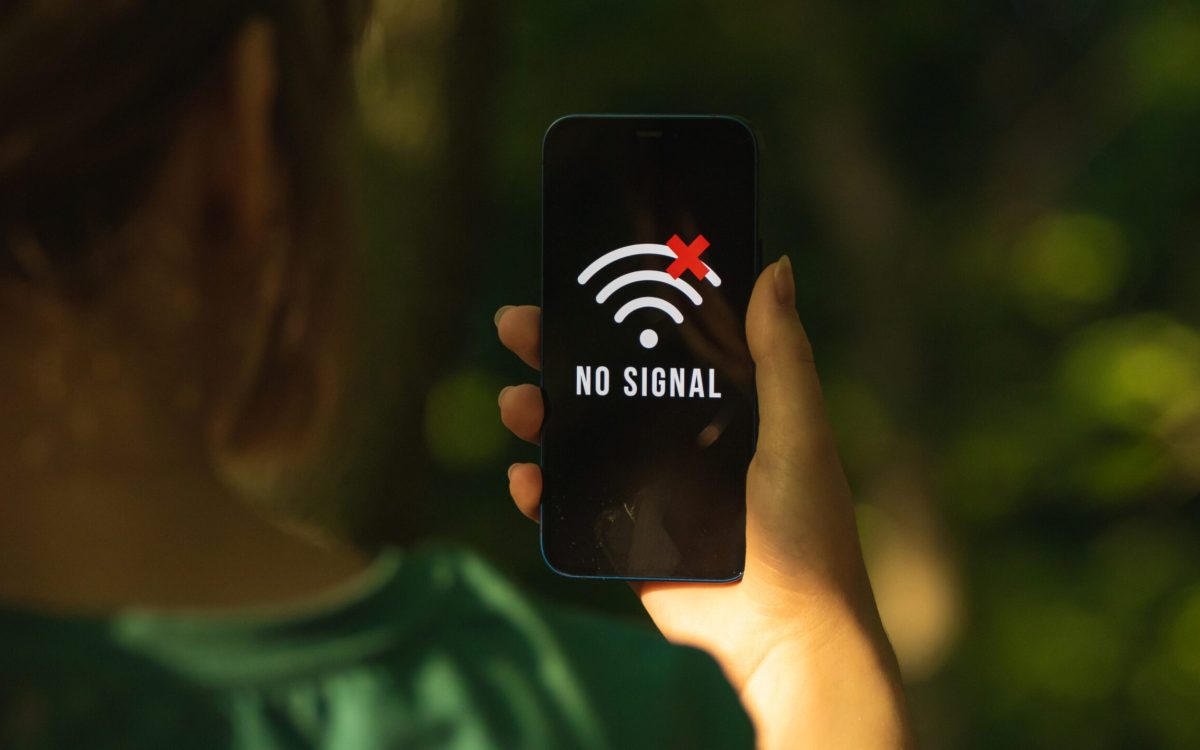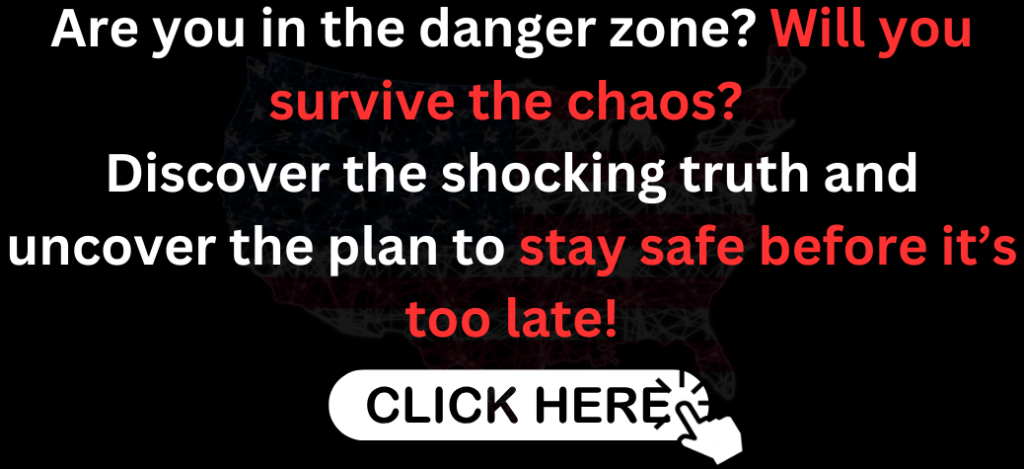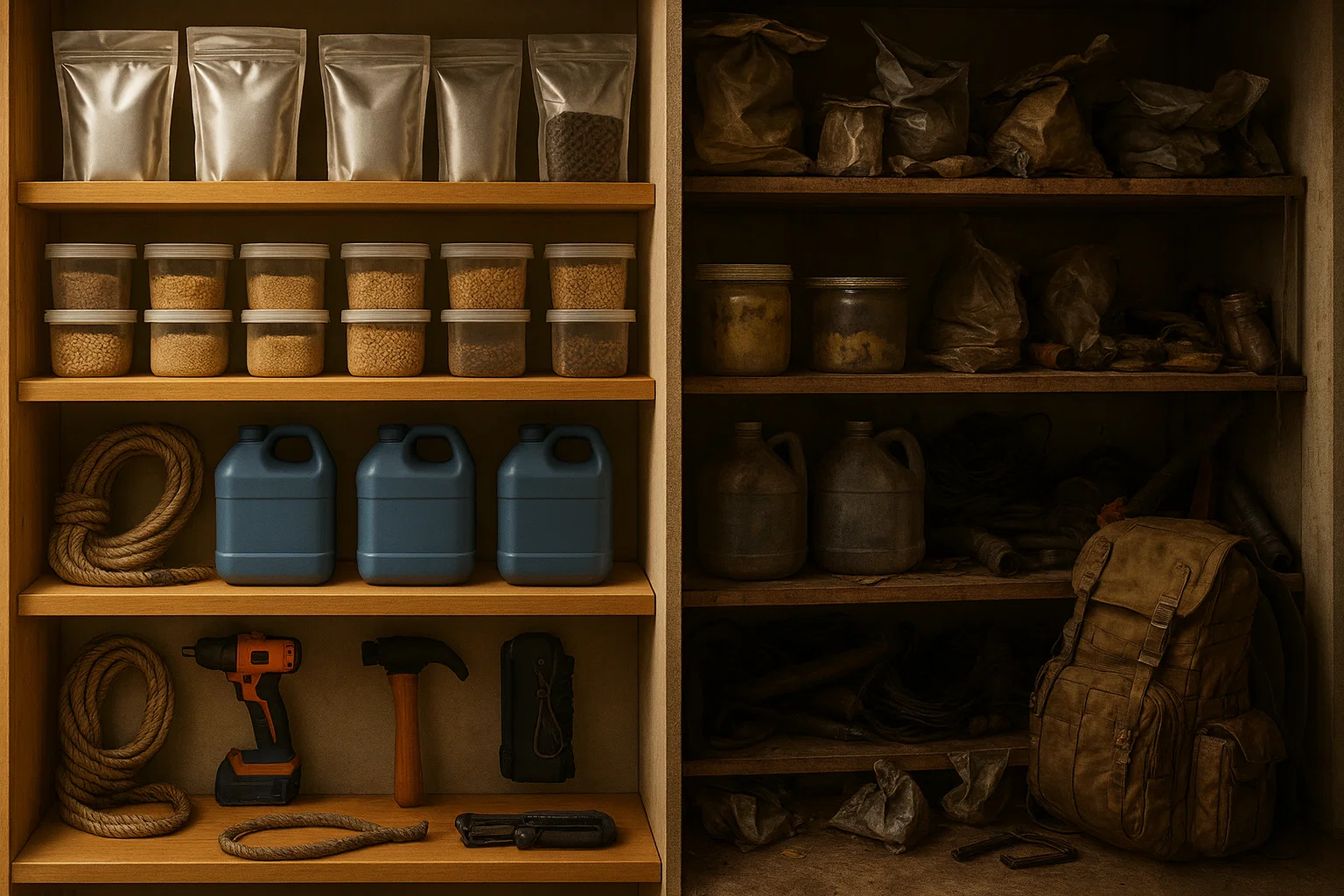In the modern world, maintaining a connection is essential rather than merely convenient. From social media to cell phones, our dependence on technology for communication has become so great that most of us find it impossible to picture our lives without it. However, what occurs if the instruments we rely on abruptly malfunction? Imagine a cyberattack that disrupts internet access, a hurricane that destroys cell towers, or a massive power outage that leaves entire cities in the dark. The difference between safety and mayhem in those situations may depend on your capacity to communicate when technology malfunctions.
Preparing for these eventualities entails more than just stockpiling food and water; it also entails keeping in touch with loved ones and up to date on the environment around you.
Why Modern Communication Fails
Modern communication technologies are shockingly weak despite their sophistication. Natural disasters, cyberattacks, or even human error can bring down the infrastructure we take for granted, such as satellites, internet cables, and cell towers. Imagine if vital cell towers were destroyed by a wildfire, depriving thousands of people of phone and internet service. Or think about how a solar flare could interfere with satellites and make GPS devices ineffective. These are not hypothetical situations; they have occurred and will occur again. The truth is that when these systems malfunction, they malfunction entirely, leaving you unable to seek assistance.
Failures of this kind might have disastrous results. Misinformation spreads like wildfire in the absence of trustworthy communication, making it practically hard to coordinate rescue operations or stay in touch with loved ones. This breakdown can cause panic, bewilderment, and even death during a crisis. Having a strategy for communicating without technology becomes essential during these times, not just for survival but also for preserving one’s sense of security and control.
This gap is filled by a strong disaster communication plan, which provides a dependable means of communication even in the event that contemporary systems malfunction. You can make sure you won’t be left defenseless in an emergency by being aware of our technology’s shortcomings and planning backup plans. Having a backup plan is more important than giving up on modern equipment when it eventually malfunctions.
Reliable Low-Tech Communication Tools
Alternative communication tools keep you linked when technology malfunctions. One of the most accessible and useful solutions is two-way radios, such as walkie-talkies. These devices are extremely dependable in emergencies because they function independently of internet services and cell towers. Walkie-talkies offer a straightforward yet efficient way to communicate with family members who live in various parts of the city or to coordinate within a neighborhood. They are essential for any prepper because of their portability and simplicity of use.
Ham radios are the best option for long-distance communication. If you have the right license and training, these powerful devices let you connect with people across great distances, even throughout the world. Due to their unparalleled dependability in emergencies, ham radios have been a mainstay of emergency communication methods for many years. The protection and comfort of mind they offer make the investment worthwhile, even though they do take some learning. A ham radio can be your lifeline when all other means of communication have failed.
The most reliable instruments are sometimes the most basic. For example, signal mirrors are extremely useful in outdoor emergencies because they can capture sunlight and flash a signal that may be seen for kilometers. Conversely, whistles can signal rescuers to your location and cut through background noise. Despite their seeming antiquity, these gadgets are nonetheless useful in situations when more sophisticated equipment would malfunction.
Another useful addition to your toolbox is a CB radio, which was previously common among truckers. Although they have a shorter range than ham radios, they work well for short-distance or small-group coordination. They are a fantastic choice for anyone wishing to improve their technology-free communication techniques because of their dependability and simplicity.
Regular maintenance is essential to guarantee that these instruments are available when you need them. Maintain backups, test your equipment on a regular basis, and check your batteries. It is not enough to simply have alternative communication tools; they also need to be usable and available when needed.
Developing a Communication Plan
Maintaining communication during calamities starts with a well-thought-out disaster communication plan. Finding dependable meeting locations is the first step, as it allows you and your family or group to reassemble if communication gadgets malfunction. These places ought to be well-known, accessible, and secure. To avoid confusion in high-stress situations, you can utilize a specified landmark, a trusted neighbor’s home, or a local park as your meeting place.
Following the establishment of meeting locations, a system of code words and signals must be developed. These can be used to quietly and swiftly communicate important information. One term might, for example, suggest danger, while another might reassure safety. When verbal communication is hampered by distance or noise, visual cues like hand gestures or light flashes provide an additional layer of efficiency.
Practicing your plan is just as crucial as developing it. Regular drills ensure that everyone involved understands their duty and how to use the available tools. This preparation reduces panic and uncertainty while replacing them with confidence and clarity. A brilliant strategy on paper is pointless if no one knows how to carry it out when the time comes.
A well-prepared disaster communication plan gives you peace of mind. Knowing that you have a solid strategy in place and that everyone in your company is on the same page can make all the difference when technology fails. It’s not only about survival; it’s about remaining connected and in control.
Messaging Without Tech: Old-School Methods
Old-fashioned, tech-free communication techniques can come in handy when more contemporary means fail. A straightforward yet powerful method of leaving messages for rescuers or loved ones is through handwritten notes. When verbal communication isn’t an option, this age-old technique guarantees that your message gets understood, whether you’re leaving instructions on a door or giving a note to someone who is on the go.
Another useful instrument is smoke signals, an old yet dependable method of long-distance communication. You can transmit simple messages that are observable from a great distance by altering the quantity of smoke puffs. This approach works particularly well in public spaces where other means of communication might not work.
Visual cues can also be provided by flags or materials with vibrant colors. Without the use of contemporary technology, you can effectively communicate by indicating distress or direction with a flag or a piece of cloth. These signals can be amplified by flashlights or mirrors, particularly in low light so that those who need to see them can see them.
These techniques are tried-and-true, despite their apparent antiquity. Being able to adjust to these methods when contemporary systems malfunction guarantees that you can communicate successfully in any situation.
Emergency Communication Using Nature
If you know how to use them, nature provides several different emergency communication methods. Sound is one of the most basic yet powerful forms of communication. Making noise, whether with a whistle, a bash on metal, or a shout, can help people notice you in an emergency. Particularly useful in wilderness or catastrophe situations, a whistle’s crisp sound cuts through the cacophony of noisy surroundings and carries significantly farther than a human voice.
Another age-old yet dependable form of communication without the need for technology is fire and smoke signals. Building a controlled fire and adding moist materials will produce dense smoke plumes that can be seen for kilometers. You can use these signals to alert rescuers to your location or to express distress. However, care must be taken when employing fire as a signal. It’s crucial to properly manage the fire in windy or dry circumstances to prevent unintentionally igniting another fire.
Another flexible means of communication, particularly at night, is light signaling. Eye-catching flashes can be produced by a flashlight or a mirror reflecting sunlight. Simple patterns, like SOS in Morse code, can help you transmit messages that are understandable and unambiguous. When other tools fail, these techniques are nonetheless quite effective in communicating your point while requiring very little in the way of resources.
Building a Communication Survival Kit
A communication survival pack that is fully supplied is essential for any survivalist. Two-way radios, a ham radio, whistles, signal mirrors, and notepads with pencils or pens should be the mainstays of this kit’s vital alternative communication tools. Whether you’re stationary or moving, these things make sure you’re ready to talk in a variety of situations.
Since most communication gadgets rely on batteries for operation, spares must be included. Think about using solar chargers in conjunction with rechargeable batteries for increased security. Dry bags or waterproof cases are also essential for shielding your equipment from inclement weather, floods, and other extreme situations. These minor adjustments can have a big impact on how long your tools last when you need them most.
To guarantee that your gear is constantly prepared, regular maintenance is essential. Replace worn-out batteries, make sure your whistles and mirrors are in good working order, and test your radios on a regular basis to be sure they’re working. Maintaining the dependability of a communication kit necessitates constant maintenance and attention.
Finally, make sure that everyone in your group or household is familiar with how to utilize the items included in the package. If no one can utilize the sophisticated equipment, it is worthless. Take the time to instruct people in the use of light signals, smoke signals, and radios. As a team, you will become more confident and prepared by practicing these abilities together.
Staying Informed
Being informed during a crisis is equally as crucial as remaining in contact. Radios that run on batteries or can be turned by hand are very useful devices for receiving emergency bulletins. These gadgets are dependable even during extensive outages because they are not dependent on power grids or internet connectivity. You can stay ahead of the game in unpredictable circumstances by using these radios to get weather updates, safety advisories, and evacuation orders.
Staying informed is also greatly aided by local community networks. In times of emergency, many communities have set up groups or procedures for exchanging information and supplies. These relationships can give you important information that official broadcasts would not, such as supply availability or road conditions. You can develop a thorough strategy for information collection during disasters by fusing community networks with devices like radios.
Although it is an amazing tool, technology is not perfect. Knowing how to communicate when technology fails might make the difference between confusion and clarity in times of crisis when contemporary systems malfunction. By creating a strong communication strategy, assembling the necessary resources, and honing your abilities, you can make sure you’re ready for anything. Instead of waiting for calamity to happen, begin now. Your loved ones’ safety and your safety are at stake.






















